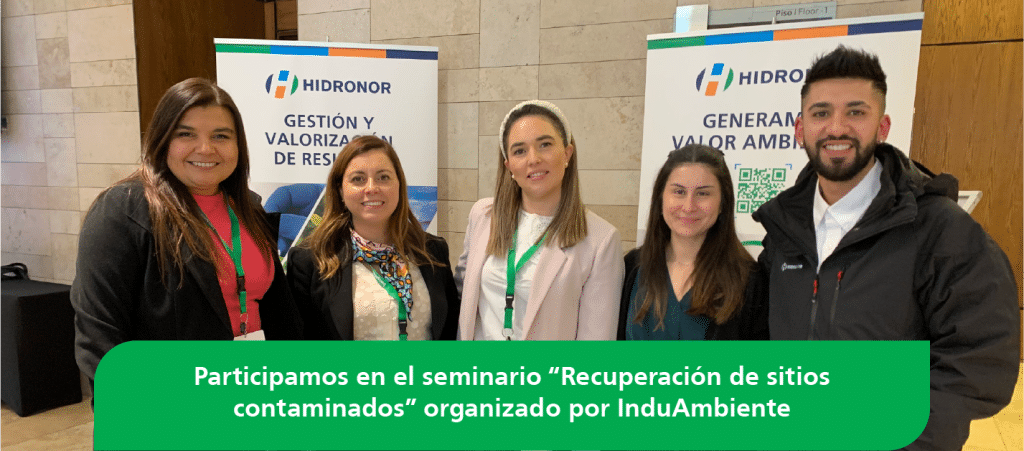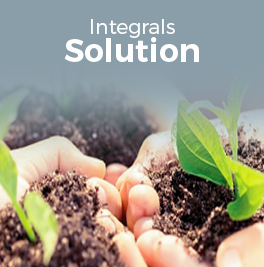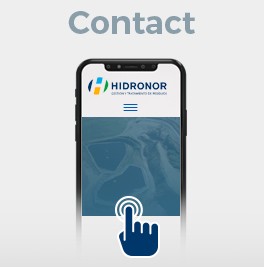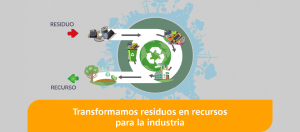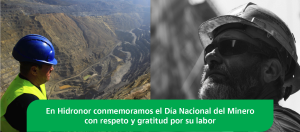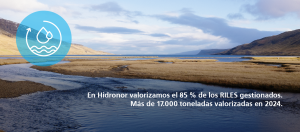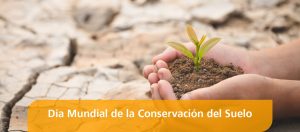
During the meeting we explained to the participants our contribution to the challenges of
remediation and recovery of contaminated soils.
With the aim of addressing the importance of the conservation of biodiversity, water sources and soil fertility to protect human life and the environment, we recently participated in the seminar “Recovery of contaminated sites”, organized by the magazine InduAmbiente .
Together with prominent executives from the sector, in this instance we seek to promote knowledge and discussion about the best practices that are implemented today in the industry, as well as emerging technologies in soil treatment, promoting a sustainable and efficient approach to management. of waste.
By way of introduction, Denisse Triviños, our Industrial Sales assistant manager, highlighted that currently nationwide there are around 9,271 sites with the potential presence of contaminants (SPPC), according to data obtained from the latest report delivered by the Ministry of the Environment. Of these places, 40% are due to effects derived from mining activity.
Triviños indicated that the extraction and processing of copper, molybdenum and gold, and the disposal of passive mining waste, are the main Potentially Polluting Activities (APC), and the most affected regions are Atacama, Coquimbo, Valparaíso.
Meanwhile, in the southern zone the largest APCs are linked to industrial manufacturing activities and inadequate waste disposal.
To explain to those present how we do it, our executive said that "at Hidronor we recover contaminated soils by determining their danger and main contaminants through a prior survey together with our clients to determine the type and amount of contamination and thus evaluate a plan for work, complying with DS148.”
Likewise, he added that "the process consists of the removal of contaminants from the environment, which are transferred for subsequent treatment and final disposal safely in our own environmentally authorized facilities."
It is important to highlight that, to date, at Hidronor we have managed more than 450 thousand tons of contaminated soil for more than 2 thousand clients, collaborating with companies such as FCAB, ILS, Flesan that are participating in this seminar today.
Regarding the pending challenges, Triviños warned that Chile is one of the few OECD countries that does not have specific land legislation, and that in order to repair or recover areas that contain contaminants that cover a surface area equal to or greater than 10 thousand square meters, they require of an entry to the SEIA.
"Today Chile needs to advance in a regulatory framework, in addition to the collaboration of universities and technical entities together with the private sector, with clear alignments and incentives to be able to develop work plans that address all the problems that arise today regarding soils. contaminated”
Finally, the meeting allowed those present to clarify some doubts with the experts, who added valuable information to conclude this productive meeting.
At Hidronor we remain committed to the objectives of a more sustainable operation!

